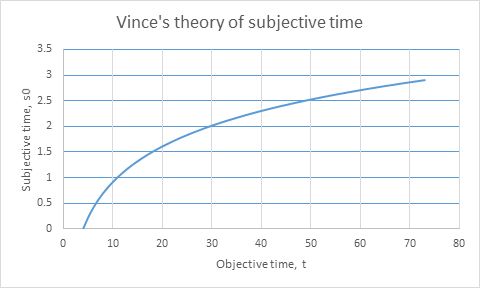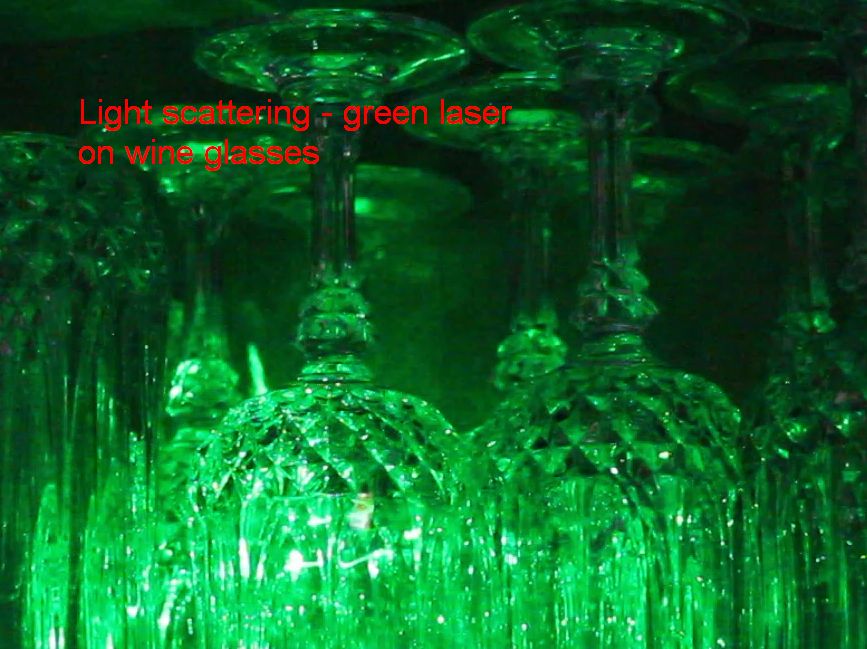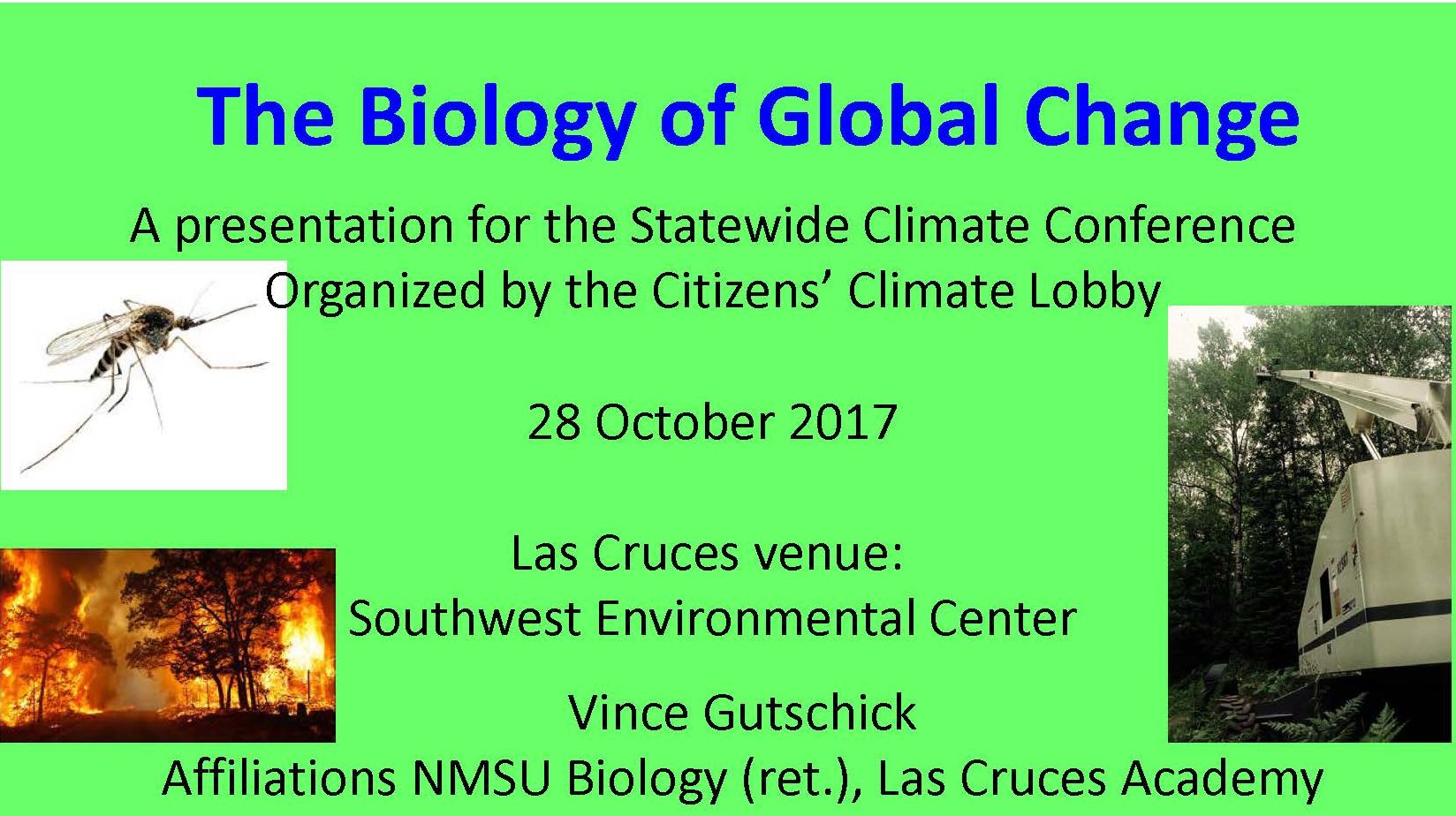Glutathione, and other supplements purported to boost our bodies’ ability to make more of it, are touted in the March 2018 issue of the flier from Natural Grocers, here in Las Cruces. It’s another case of looking for a magic bullet for health. Actually, they propose a fusillade of magic bullets – turmeric, a raft of vitamins, and more.
Let’s look at glutathione, a known antioxidant, and the claims made by Natural Grocers. First, they say that glutathione is the most abundant single molecule in our bodies, after water. Not so!
- Glutathione: it’s a soluble peptide (simply, three amino acids, linked together). Its concentration averages about 2.5 mM in cells, higher in liver, lower in other tissues; here, “mM” stands for “millimolar,” thousandths of a mole per liter of solution. For glutathione a mole is comprised of 307 grams. How many moles does that indicate are in our bodies (variably by our size and genetics, etc.)? Well, a 70 kg person at 70% water contains about 50 liters. Multiply that by 0.0025 moles per liter and you get 0.125 moles, or about 38 grams. Now for comparisons to more abundant molecules:
- Cholesterol: it’s vitally important in every tissue, especially in the brain, as a component of the membranes in every cell. I talked about this on my radio show published on YouTube (first and second segments on 19 December 2017). Consider the brain, alone. The fresh mass of the brain is about 1.3 kg, and 2.5% of that is cholesterol, or about 32 g. The brain holds 1/5 of the cholesterol in the body, so the body’s total is about 160 g. That’s more than four times the mass of glutathione. It’s also more molecules; the molecular mass of cholesterol is 387 g per mol, so the body contains about 0.42 mol of cholesterol.
- ATP, adenosine triphosphate, the energy currency of the body. There’s about 0.2 mol of ATP in the average human body, which is about 100 g, nearly three times as much as glutathione. Note that we use up and regenerate each ATP molecule about 200 times each day! Lot’s of energy trading.
- Myoglobin, the oxygen-storage protein in muscle: It’s about 2.5% of dry muscle mass. Dry muscle mass is about 30% of fresh muscle mass. Fresh muscle mass is about 42% of the body in a fit person, or about 29 kg. Thus, dry muscle mass is about 8.7 kg, and myoglobin is about 220 g, or 0.012 mol. The mass is about 6 times greater than that of glutathione.
- The myosin heavy chain, a protein that’s a major component of muscle, is about 1/6 of dry muscle mass, or about 5 kg or 0.3 mol. That’s over 130 times the mass of glutathione.
- Collagen, a mixed protein, is about 25% of dry muscle mass, or about 7 kg. That’s about 180 times more than glutathione. Collagen holds us together, as it functions also in other mammals; it’s the tough sinews and membranes, familiar to hunters as also to anyone who cuts up chicken for dinner.
Glutathione is important as an antioxidant. It’s not as abundant as Natural Grocers would have us believe. It’s also a compound we can and do make naturally in our own bodies, with any normal or even near-normal diet. Remember, taking hominids as starting 2 million years ago, we survived at least 100,000 generations without supplements in pills. Sure, our ancestors died much at much younger ages than do most of us, but it was very, very rarely from just lacking glutathione; big predators, infectious diseases, and simple broken bones that hampered both escape and foraging were among the causes. They didn’t die looking for a Natural Grocers store.
Natural Grocers recommends that you eat lots of the brassicaceous vegetables – kale, broccoli, cauliflower, brussel sprouts, cabbage, kohlrabi. Problem: these foods contain abundant goitrogens that interfere with iodine uptake by your thyroid gland. You can get hypothyroidism! People have been getting hypothyroidism on eating lots of kale. Check out a reliable book that covers diet and nutrients, such as the eminently readable On Food and Cooking, by Harold McGee.
That March 2018 issue of Natural Grocers’ sales flier also pushed eating vegetable high in nitrate. What a twist. Knowledgeable food experts have warned for years about the dangers of high nitrate levels, which can cause methemoglobinemia, a condition in which the iron atom in the center of the hemoglobin molecule in your red blood cells oxidized to the ferric state, which has low affinity for oxygen. Eat red beets, turn blue? Not really, unless you eat a lot of beets. Note also that high nitrate in vegetables is generally a result of overuse of chemical fertilizers (nitrate itself, or ammonia that gets oxidized to nitrate in the soil), and beets (and lettuce, …) are particularly good at taking up nitrate while not reducing it to biochemically useful ammonia internally. I’ve done a significant amount of research on the cycling of nitrogen in various forms around the globe, where the ability of different kinds of plants to reduce nitrate to ammonia that usable by the plant (e.g., to make proteins), is a rich and diverse subject. Sure, nitrate is one source for our bodies to make nitric oxide, the molecule critical for signaling among organs – in really small amounts. Nitric oxide in large enough amounts is toxic, particularly to infants; it’s a free radical, having an unpaired electron ready to make bonds with, well, almost anything, which is not good.
You can also damage yourself with excess vitamins A, D, and B12, or even die, as a British food faddist did recently by overdosing on vitamin A (extreme liver damage). Excess vitamin C is harmless; you just excrete the excess (and the dollars it represents).
A little knowledge is a dangerous thing. — Attributed to various commentators
Education: that which discloses to the wise and hides from the foolish how little they know. — attributed in various forms to Mark Twain







